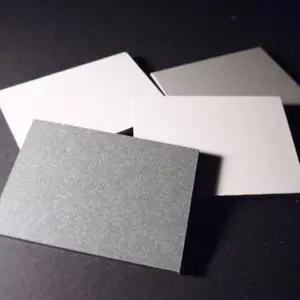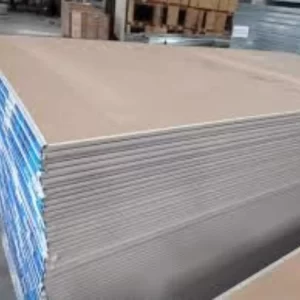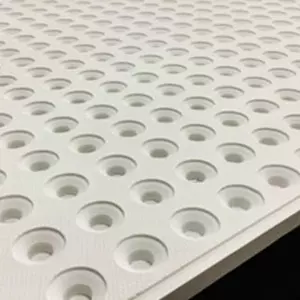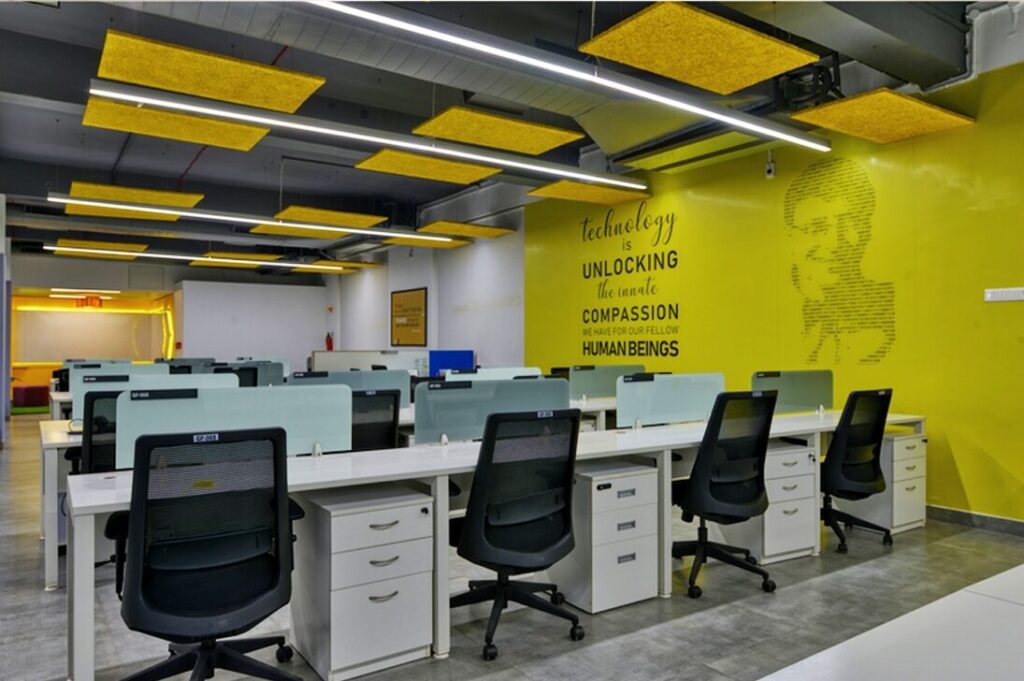How to Maintain Raised Access Flooring
Introduction
How to Maintain Raised Access Flooring In this fast-paced world, where technology and infrastructure play a vital role, raised access flooring provides an efficient solution for managing electrical, data, and HVAC systems. To ensure the longevity and proper functioning of your raised access flooring, regular maintenance is essential. By following a few simple guidelines and adopting proactive measures, you can keep your raised access flooring in excellent condition for years to come.

Understanding Raised Access Flooring
Raised access flooring is a system that consists of a series of modular floor panels elevated on pedestals. This design creates an empty space or plenum underneath, which can be utilized for routing cables, wires, and other utilities. The panels are easily removable, providing convenient access to the systems underneath. Raised access flooring is commonly used in offices, data centers, server rooms, command centers, and other commercial spaces.
Benefits of Raised Access Flooring
- Flexibility: Raised access flooring allows for easy reconfiguration and customization of the space to accommodate changing needs.
- Accessibility: With raised access flooring, accessing the underfloor systems for maintenance or repairs becomes hassle-free.
- Cable Management: The plenum space provides a neat and organized way to route cables and wires, reducing clutter and enhancing safety.
- Improved Air Circulation: The space underneath the raised access flooring promotes better air circulation, contributing to a healthier indoor environment.
- Aesthetics: Raised access flooring offers a clean and professional appearance, concealing unsightly wires and cables.
Regular Cleaning and Maintenance
To maintain the cleanliness and functionality of raised access flooring, regular cleaning is essential. Follow these steps for effective maintenance:
Step 1: Remove Debris
Regularly remove debris, dust, and dirt from the surface of the raised access flooring using a dry mop or a vacuum cleaner. This prevents accumulation and potential damage.
Step 2: Use Mild Cleaning Solutions
For deeper cleaning, use mild cleaning solutions suitable for the type of flooring material. Avoid harsh chemicals that may cause discoloration or damage to the floor surface. Always follow the manufacturer’s recommendations.
Step 3: Clean Spills Immediately
In case of spills or liquid accidents, clean them immediately to prevent stains or moisture seeping into the floor panels. Use a damp cloth or sponge and gently wipe the affected area.
Addressing Damages and Repairs
Despite regular maintenance, raised access flooring may occasionally experience damages or require repairs. Promptly addressing these issues is crucial to prevent further problems. Here’s what you can do:
Assess the Damage
Inspect the damaged area to assess the extent of the problem. Identify whether it’s a minor issue that can be fixed or if it requires professional intervention.
Replace Damaged Panels
If a floor panel is damaged beyond repair, replace it with a new one. Many raised access flooring systems offer easy panel replacement, allowing you to remove and install panels without extensive effort.
Fix Loose or Misaligned Panels
If panels become loose or misaligned, reposition them carefully to ensure proper alignment. Refer to the manufacturer’s guidelines or seek advice from a professional if necessary.
Protecting the Floor Surface
Protecting the surface of raised access flooring is vital to maintain its appearance and functionality. Follow these tips to safeguard the floor:
Use Floor Mats
Place floor mats or rugs at entrances and high-traffic areas to minimize the transfer of dirt, moisture, and debris onto the raised access flooring. Regularly clean the mats to prevent any accumulation.
Avoid Sharp Objects
Prevent scratches and damages by avoiding the use of sharp or pointed objects on the raised access flooring. Be cautious when moving furniture or heavy equipment to prevent accidental scraping or gouging.
Apply Protective Coatings
Consider applying protective coatings or sealants to the floor surface, depending on the flooring material. These coatings provide an extra layer of protection against stains, moisture, and wear.
Proper Handling of Heavy Equipment
When dealing with heavy equipment or machinery on raised access flooring, it is crucial to take precautionary measures to prevent damages. Follow these guidelines:
Check Weight Limits
Ensure that you are aware of the weight limits specified by the manufacturer for your raised access flooring. Exceeding these limits can lead to structural issues and compromised functionality.
Use Load Distribution Plates
When placing heavy equipment, distribute the weight evenly using load distribution plates. These plates help prevent concentrated pressure points that could damage the floor panels.
Utilize Equipment Pads or Casters
Equip heavy machinery or equipment with pads or casters to distribute the weight and minimize direct contact with the raised access flooring. This reduces the risk of indentation or damage.
Dealing with Moisture and Humidity
Moisture and humidity can adversely affect raised access flooring, leading to mold growth, warping, or deterioration. Follow these steps to mitigate moisture-related issues:
Control Room Temperature
Maintain a suitable room temperature and humidity level within the recommended range. Excess moisture in the air can promote condensation and potential damage to the floor panels.
Install Moisture Barriers
Consider installing moisture barriers or vapor retarders beneath the raised access flooring. These barriers help prevent moisture from seeping into the plenum and causing damage.
Promptly Address Leaks or Spills
If you detect leaks or spills in the vicinity of the raised access flooring, address them promptly to prevent moisture infiltration. Repair any plumbing issues and dry the area thoroughly.
Maintaining a Suitable Environment
Creating a suitable environment around the raised access flooring promotes its longevity and optimal performance. Follow these guidelines:
Manage Temperature Changes
Avoid abrupt temperature changes in the space where the raised access flooring is installed. Sudden fluctuations can cause the floor panels to expand or contract, leading to issues.
Minimize Sun Exposure
Protect the raised access flooring from prolonged exposure to direct sunlight. Ultraviolet (UV) rays can cause discoloration, fading, and potential damage to certain flooring materials.
Ensure Proper Ventilation
Maintain proper ventilation in the area where the raised access flooring is installed. Good airflow helps regulate temperature, reduces moisture buildup, and prevents potential issues.
Professional Inspection and Maintenance
While regular cleaning and maintenance can address many issues, it is beneficial to schedule professional inspections and maintenance periodically. Consider the following:
Engage Professional Services
Hire professional technicians or specialized maintenance companies to conduct thorough inspections of your raised access flooring. They have the expertise and tools to identify and address potential issues.
Follow Manufacturer’s Recommendations
Adhere to the manufacturer’s guidelines for routine inspections, maintenance, and cleaning. They provide valuable insights into specific requirements and procedures for your raised access flooring.
Conclusion – How to Maintain Raised Access Flooring
Maintaining raised access flooring is crucial for its longevity, functionality, and aesthetic appeal. By following the outlined guidelines and adopting proactive measures, you can ensure that your raised access flooring remains in excellent condition. Regular cleaning, prompt repairs, surface protection, proper handling of equipment, moisture control, and professional inspections are key to preserving its performance and extending its lifespan.
Frequently Asked Question- How to Maintain Raised Access Flooring
1: How often should I clean my raised access flooring?
Answer: It is recommended to clean raised access flooring at least once a week to remove debris and dust. However, the frequency may vary depending on the specific environment and foot traffic.
2: Can I use any cleaning solution on my raised access flooring?
Answer: No, it is important to use mild cleaning solutions suitable for the type of flooring material. Harsh chemicals can cause damage or discoloration.
3: Is it necessary to hire professionals for raised access flooring maintenance?
Answer: While regular cleaning can be performed by in-house staff, professional inspections and maintenance should be scheduled periodically to ensure comprehensive care and address potential issues.
4: What are load distribution plates, and why are they important?
Answer: Load distribution plates help distribute the weight of heavy equipment or machinery evenly on the raised access flooring, preventing concentrated pressure points and potential damages.
5: Can I install raised access flooring in residential spaces?
Answer: Raised access flooring is more commonly used in commercial and institutional settings. However, it can be installed in residential spaces with specific requirements and considerations.
Other Products

Magnesium oxide board

Gypsum boards

Grg ceiling tiles
Contact Us
Mobile: +919008400701 / 705
Email: sales@jayswalgroup.com

Visit Us
Address:
#6, 10th B Cross, Jayswal Center, KHB Main Road, Kaveri Nagar, Kanakanagar, RT Nagar, Bangalore – 560032, Karnataka, India.
Other Websites: